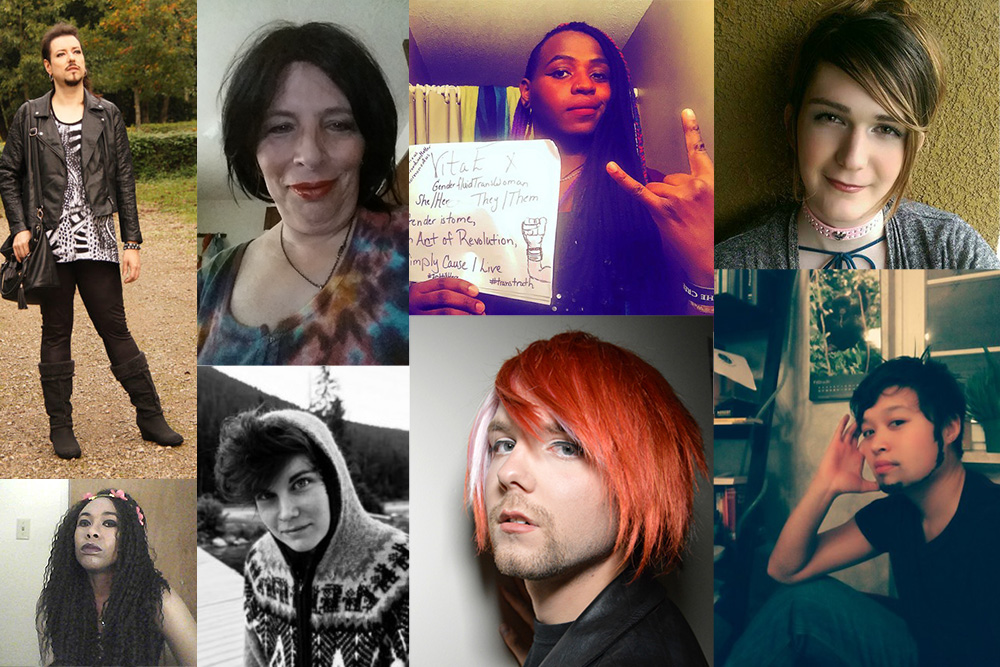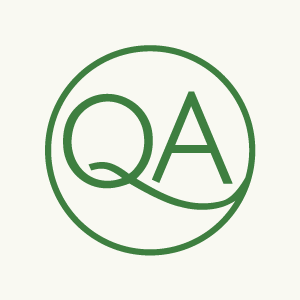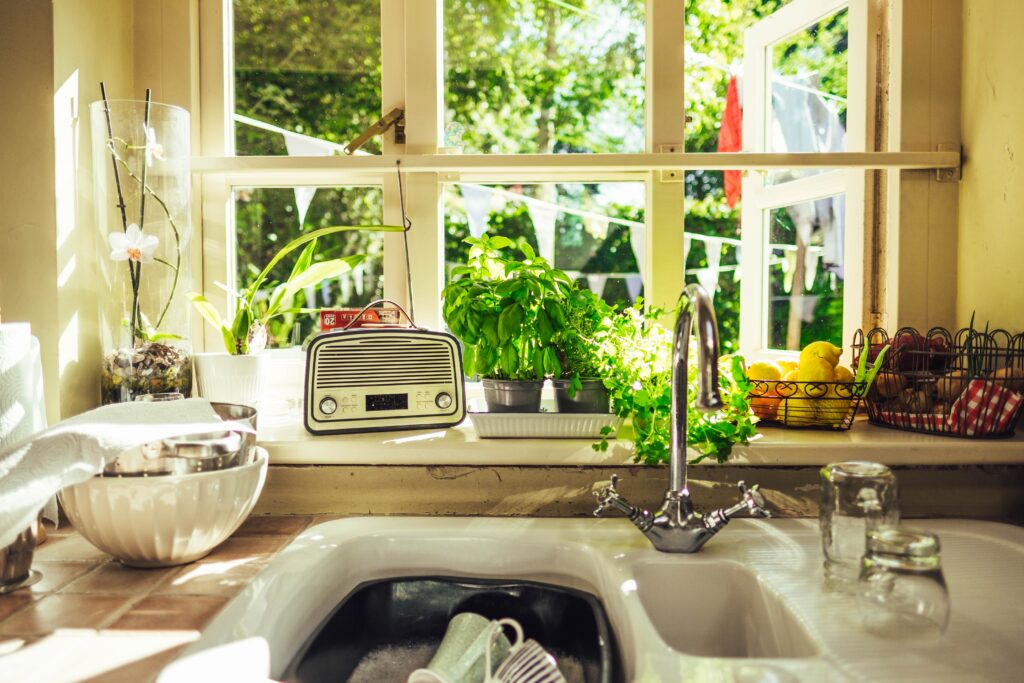I made the decision to protect one day a week—Thursdays—for whatever I want to do in the moment. This turned out to be one of the most powerful gifts I could have given myself. The post Creating a Zone...

In early January, I made the decision to protect one day a week—Thursdays—for whatever I want to do in the moment. This turned out to be one of the most powerful gifts I could have given myself, and I’m somewhat convinced that I will never ever ever schedule anything on a Thursday ever again for the rest of my life. It quickly occurred to me that the reason I did this is deeply tied to my ADHD, as is the problem it solved for me.
The Problem: Overscheduling
Put simply: I was overscheduled and I needed to fix it. But that’s a strange thing to say, since I am in the very unusual position right now of having complete control over my schedule.
I am in the early stages of starting a business, and every agreement I’ve made about my time is very new, and very intentional. I’m choosing to pursue my coaching certification, I’m choosing how many clients I’m able to take on, and I’m the one in charge of setting up new tasks for myself as I ramp up. I’m genuinely thrilled about every single piece that I’ve chosen and put into place so far. And yet, so quickly after making these choices, I felt myself starting to fray—the too-familiar feeling of burnout edged its way into my new, intentional life via my overstuffed calendar.
So why… why… was I overscheduled??
I know that I tend to go at what friends and coworkers lovingly refer to as “Dopp Speed” when I start new, exciting projects. It’s like light speed, but in every direction. This was the moment I had been dreaming about: that beautiful opportunity to do whatever I wanted on my own terms. And it turned out that what I wanted was to overschedule myself. Seriously. I genuinely wanted to do that. I designed my day from the moment I woke up until the moment I went to sleep. I dreamed up big plans, figured out what steps it would take to make them happen, and then started packing them in like Tetris blocks without hesitation. It was exciting. At a time when I can do anything, I want to do everything!!
The excitement lasted about a week before it turned to anxiety, stress, avoidance, and shame. People close to me started hinting that I seemed even more stressed and unhappy than I was before I left my job. I was confused and disappointed. But this was what I wanted…
Was it though?
The ADHD Lens
Thankfully, one of the main things that I had stuffed my schedule with is my ADHD coaching certification program, which means that I’m soaking up all sorts of information about how the ADHD brain works. It’s a pretty phenomenal experience to see myself—my choices, my thoughts—explained in a classroom setting. Equipped with insights from my classes, I see a number of reasons why my overscheduled life was happening, and how it was hurting me:
I underestimated how long things take. Time blindness is a common issue for ADHD brains—especially if we don’t first break a project down into small, specific tasks. “I can get that done in an hour” is my most practiced lie. And when I’ve scheduled a full day from beginning to end, this has a snowball effect: each task that takes longer than I expect steals from the next one, and pretty soon everything feels terrible.I underestimated transition time. Another common issue for us: we often don’t account for the time it takes to set up for a task and get into the groove of doing it, nor do we account for the time it takes to come out of it, address any emotional impact that came up from it, or check back in with ourselves before the next task.I overestimated my sustained interest. ADHD brains require interest to function properly, and what’s interesting to me today might not be equally interesting the fourth time I look at it. When I plan my work based on my current interest level, I might be forcing my future self into a task that doesn’t light her up the way it would light me up today.I made commitments impulsively. Impulsivity is a core component of ADHD. In my case, I was overcommitting to plans—even if they were just with myself—based on how my gut felt about ideas in the moment, rather than thinking through the steps and details that would go into them. (In retrospect, most of my plans are still aligned with my path; they just take longer than I think they do. See time blindness.)I loaded my days up with demands on my self-control. Every time my alarm goes off reminding me to put down what I’m doing and move into the next task on a specific schedule, I’m calling on my brain to change gears and move against my current inertia. This is fine in small doses, but it takes mental energy, and my fuel tank was running out before lunchtime.I underestimated my emotional regulation needs. Who knew that redefining my career, starting a business, and studying the science behind my lifelong struggles might come at an emotional cost? And that it might be wise to leave some time and flexibility for processing and caring for that emotional experience? Perhaps I could have thought this through a little more…I needed time without disruption. In a tightly managed day, I’m not really experiencing transitions as opportunities to do the next thing. I’m experiencing them as disruptions to my current state, which, if I’m lucky, often includes hyperfocus. This feels taxing and painful. When I’m clearly and fully engaged in a task, being forced out of it—even by another thing I’m excited to do—can hurt.The Solution: A Zone of Freedom
In one of my many moments of rebellion, I threw out my schedule and spent a day doing whatever I wanted. It turned out to still be work, but the work was deeper and more aligned with my current attention and energy. The relief came quickly, and creativity came with it. I remembered that creativity can’t operate in a tightly managed window. I remembered that my goal isn’t to Do Everything; it’s to design a sustainable life that works with me, rather than against me.
“Doing what is best for my mind is a higher priority than doing what my mind is best at.”—me, in a blog post only a month earlier
When the dust settled a bit, I sat down and reworked my schedule. I still love planning my day with the Owaves app, but now my plan includes transition time between tasks and space for mental breaks. That didn’t feel like enough, though. I also wanted some time that was truly protected. Weekends seemed like the obvious choice but social events, relationship time, and home projects were most likely to show up there. Weekends weren’t really mine. And besides, what I wanted to do with this time was still likely work, because my work is what I’m passionate about. After reviewing my existing commitments, I realized I could move a few events and protect my Thursdays.
Thursdays? A full day every week? It felt downright decadent. Selfish. Uncomfortably so.
I realized I had to try it.
I moved a couple of events and blocked out my calendar (8am to 8pm) with a repeating event called “Freestyle Thursdays.” Then I nervously informed the people most likely to schedule with me that Thursdays were now off limits. No one flinched. In fact, they applauded me, and said they hoped I’ll maintain it. I felt a little bit skeptical that I’d be able to hold the boundary, too, because it’s hard for me to say no to commitments. But after the first week, I was in love.
Here’s how it works: I show up to Thursdays with nothing scheduled and no goals. No expectations. No requirements on the day. (Except, as I quickly remembered, eating and moving. I still have to eat and move, and those still require alarms.) I decide what matters on Thursdays when I get to Thursdays. And even within a Thursday, there shall be no setting requirements upon the Thursday. Whatever happens on a Thursday is what was supposed to happen on that Thursday.
So what tends to happen? I use the time for the kind of thing I’d stay up late to work on—the thing that I know matters or is exciting or is a challenge that I want to get through, but doesn’t align with my existing commitments or the plans I made a week ago. It’s always valuable. It always unlocks something important. And it often surprises me. I recently made a couple of TikTok videos that went semi-viral, and what do you know, both were made on Thursdays.
The end result is that my entire week feels more balanced and manageable. When I feel trapped in my own scheduling, I remember that I have Thursdays. When Thursdays arrive, I’m so excited to dive into them. It’s also worth remembering that prior to choosing ADHD coaching, I had four months of completely free time without a career focus, and it did not make me happy—instead, I felt aimless and lost. Freestyle Thursdays, on the other hand—because they’re supporting a schedule otherwise filled with structure and purpose—now feel like magic.
So Why Did This Work?
Elated as I am that this new system is working, why exactly did Freestyle Thursdays land so well?
I think the answer lies in a Chinese term that was popularized in English during the pandemic: revenge bedtime procrastination. It refers to that cycle of staying up way too late doing mindlessly relaxing things because you’re trying to “steal back” your own time from a day that was too intense, too heavily scheduled, or too committed to something other than your own nature. This concept isn’t specific to ADHD, but like many of the ADHD lenses listed above, what’s true for the general population is sometimes more intensely true for our ADHD brains, and many in the community have strongly connected with this term.
Thursdays are taking the role of revenge bedtime procrastination for me, but in a much more self-negotiated way. I’m declaring a safe space to be however I need to be, and I’m protecting it from all controlling forces including—okay, especially—the ones I inflict on myself.
Creating Your Own Zone of Freedom
Of course reserving a full day won’t work for everyone (especially parents), but this approach can work in smaller and differently shaped doses. Perhaps one indicator of how much time you need is how much time you’re already taking for yourself—the hours spent avoiding work or sleep—when you’ve hit your overcommitment limit. If your schedule is breaking down anyway, why not intentionally design some of that breakdown, and reframe it as meeting your own needs?
If the idea of a zone of freedom is intriguing to you, try some experiments! Test out protecting different lengths of time and different times of day. Place these tests at a time of day when you naturally feel alert, clear-headed, or relaxed. (Hint: if you’re not a morning person, choosing 6am will end in heartache.) Then use that time to wander wherever your interests in the moment take you with no agenda or expectations. And if you’re experimenting with more than an hour or two at a time, make sure you include a plan to eat, drink water, and move.
This time could look like dabbling in a creative project, researching something you heard on a podcast, reading a magazine over coffee, grabbing a workout while the kids take a nap, triumphantly banging out your “misc little things” To Do list, playing a game, taking a bath, getting outside, reorganizing that kitchen drawer that bugs you, or even just “doing nothing.” If you’re not sure where to go with it in the moment, try asking yourself these two questions:
What am I curious about? What does my body need right now?Pay attention to what strategies feel most supportive for your mood, focus, and energy, and get creative about how to make them compatible with your life. If you suspect that a bold decision could make a huge difference for you, test it out a few times, and track the impact. You might find that it’s worth the commitment. You might also find that the people in your life will help you protect it if they understand how much it helps you.
Once we create a zone of freedom, the key is to firmly protect it so we can trust that it’s really there. And then to enjoy it, and let our beautiful, sparkly brains just breathe and be what they need to be.
Photo by Michael Weidner
The post Creating a Zone of Freedom: Why I Created “Freestyle Thursdays” as a Gift to my ADHD Brain appeared first on Queer ADHD.











